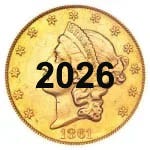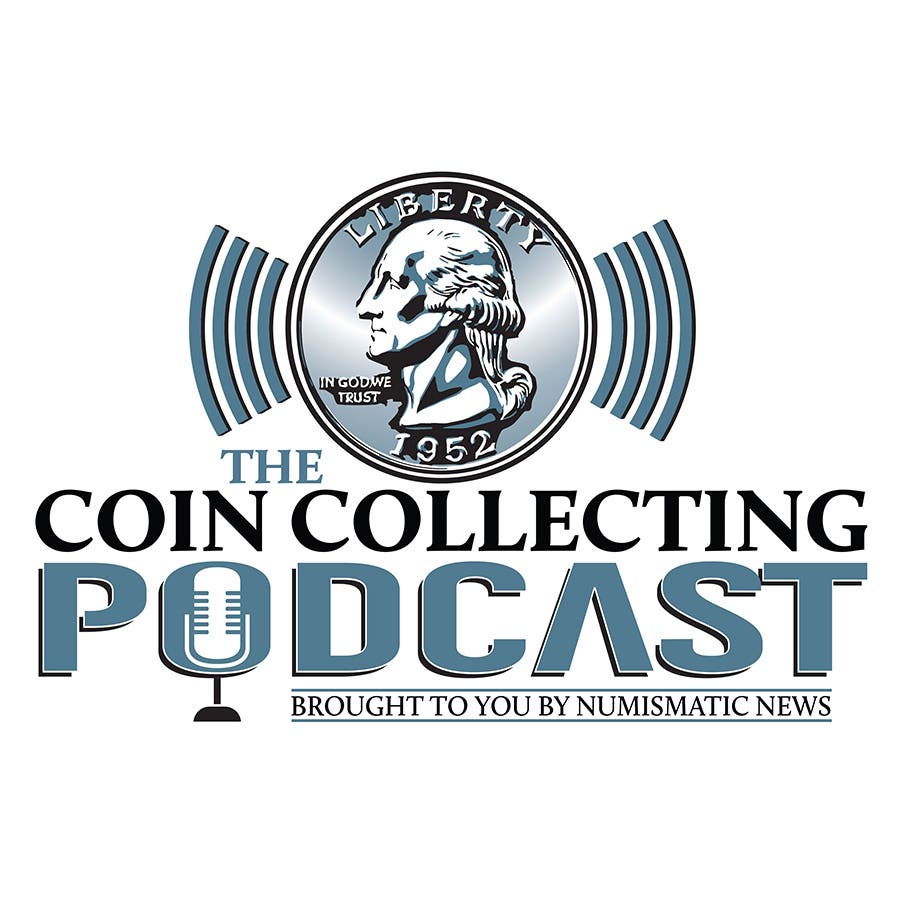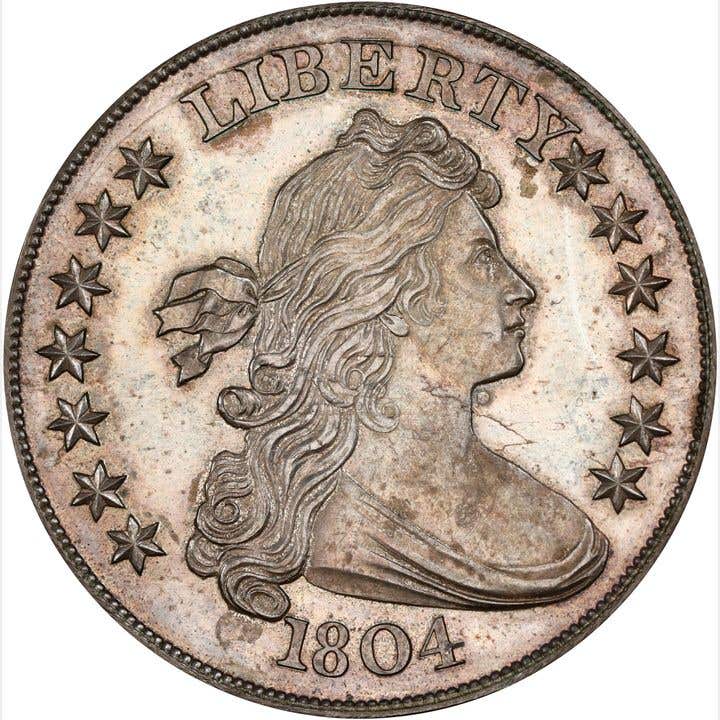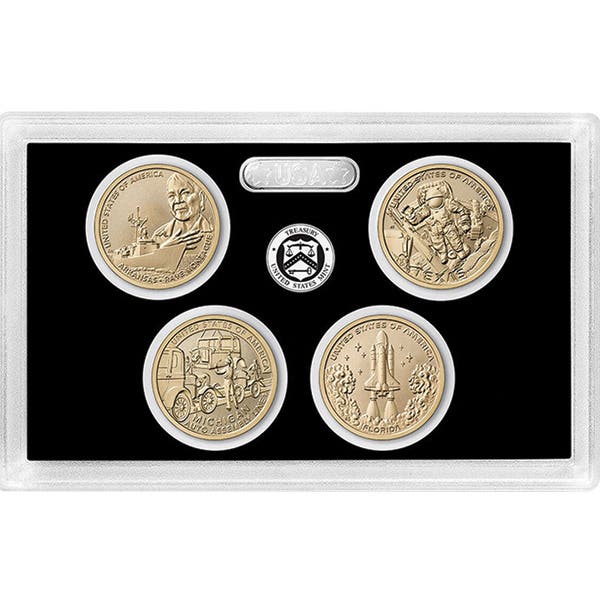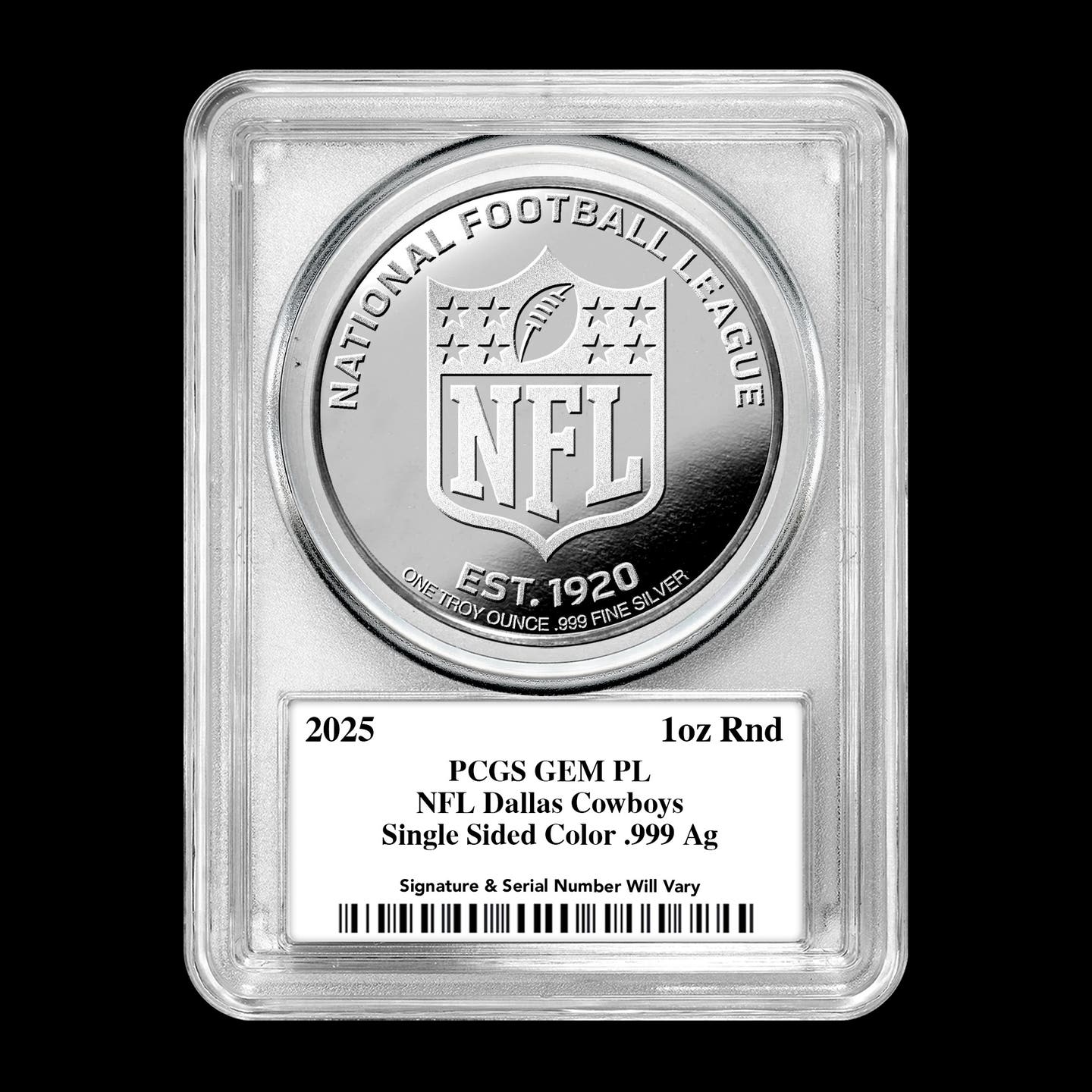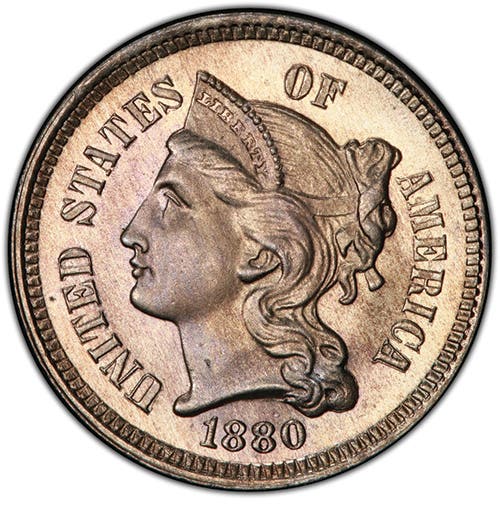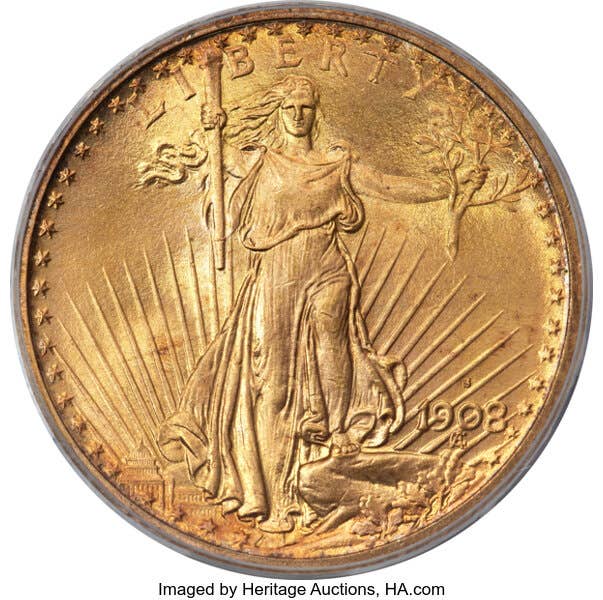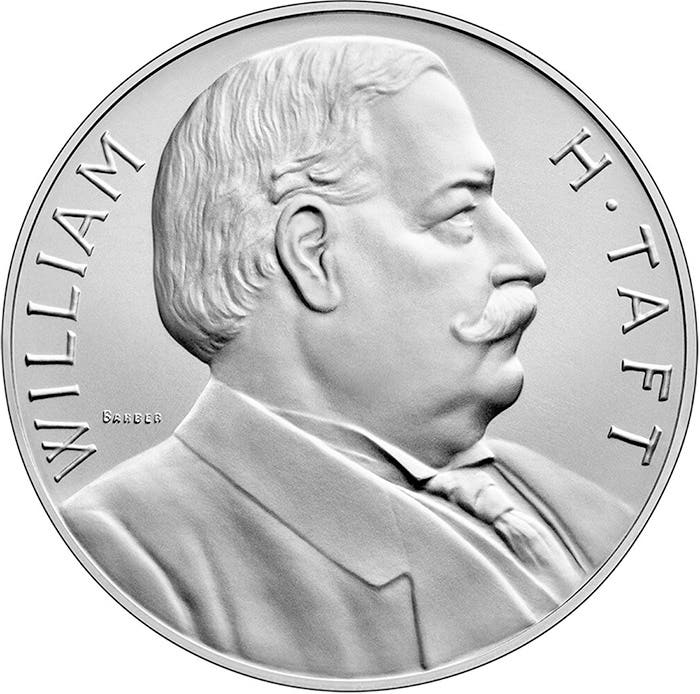A Million Silver Dollars Displayed at Seattle World’s Fair
“Big Money for a big show” reads the headline on a story in the September 1962 issue of Coins magazine. What was the big money? It was 1 million U.S….
"Big Money for a big show” reads the headline on a story in the September 1962 issue of Coins magazine. What was the big money? It was 1 million U.S. silver dollars. What was the big show? It was the Seattle World’s Fair, held that same year in Washington. To make it happen, a convoy of semis, accompanied by heavy duty security, hauled the shiny new cartwheels from Philadelphia to Seattle where they would be on display for fair-goers to marvel at.
“This summer three Washington State numismatists are getting into the act in the biggest show in the United States. And they’re doing it in a big way,” Coins reported.
Century 21, the fair’s planning committee, was looking to produce a medal for the event.
“Working with government officials, the committee ordered the striking of 500,000 bronze commemorative medals by the U.S. Mint.
“But the Fair committee had neither the desire nor the facilities to market the medals. They needed someone to handle this end of the operation.”
So they turned to three Washington state numismatists, Barnard (Barney) Tomlinson, Lawrence McBride and Vernon Bosley, who were operating Northwest Historical Medals Inc. They had formed Northwest to strike a series of medals commemorating the great water-powered dams in the Pacific Northwest.
“But when they got wind of the Century 21 opportunity, the dam series faded away and they approached the Fair committee with a rapidly but carefully developed plan.”
They went to work on creating additional medals for each of the planned exhibits at the fair to be teamed with the Mint medal and pitched another, bolder idea.
“The [Century 21] committee was impressed, but when the three members of Northwest laid down their ace, the committee became enthusiastic.
“If numismatics is going to take part in this Fair, the three reasoned, it ought to take part in a big way. The more money, the better.
“Almost everyone dreams and talks about a million dollars, but how many people have ever seen that amount of cash in one place at one time?
“Why not have a display featuring one million silver dollars?”
The problem was where to get the coins, how to transport them and how to display them at the fair.
“One day Barney Tomlinson, Northwest’s president and a dairy operator, noticed a trade magazine ad for the steel buildings of Behlen Manufacturing Company in Columbus, Nebraska.
“‘Your steel building looks like it could hold a million silver dollars,’ Barney told Walter D. Behlen, president of the company. ‘How would you like to furnish the building – and the silver dollars?’”
Behlen was interested and got to work, securing the cooperation of U.S. Mint Director Eva Adams in planning the transportation of the 30 tons of coins from Philadelphia to Seattle.
“In order to meet the Fair’s April 21st opening date, Behlen had to work fast too,” Coins wrote. “The corrugated steel building in Seattle nearing completion, two big Chevrolet diesels pulled away from the Philadelphia Mint, each carrying 500,000 silver dollars in Mint-sealed bags.”
Collectors are always cautioned to be wary of advertising they have coins, but that doesn’t seem to have been a great concern for these fair-bound silver dollars. Blasted in billboard-worthy letters on the side of the semis, appropriately affixed next to a depiction of the fair’s Space Needle, was the text: “ON TO THE SEATTLE WORLD’S FAIR! / ONE MILLION / SILVER DOLLARS/ displayed by Behlen Mfg. columbus, nebr, insured by The Hartford.”
One of the reasons for not being too concerned about such blatant advertising of the movable treasure was the amount of guards along for the trip.
“Pinkerton guards rode with the trucks, state troopers and local police drove guard as the semis roared westward,” Coins assured.
Once at the fair, 800,000 of the dollars in bags, “all Mint-sealed between 1910 and 1915,” were stacked in the center of a Behlen corn crib enclosed in glass. “Then over and around the bags were poured a clinking cascade of 200,000 Peace dollars: 1,000,000 silver dollars, just for looks, just sitting there gathering 167 dollars a day in interest.”
An estimated 25,000 to 40,000 people viewed the exhibit each day. “One day early in June, the millionth visitor walked into the steel building to see the million dollars. Anne Marbury, 21, Baldwin Park, Calif, was given 100 of the shiny cartwheels displayed under guard.”
After the fair, Northwest offered the corn crib dollars for sale to the public. According to Tomlinson, “Anyone interested in picking up a Mint-sealed bag of dollars minted prior to 1910 can put down $200 and pay the balance by the 5th of October. We’ll deliver by the 22nd.”
In the November 1962 Coins, they offered a single silver dollar from the exhibit at $1.95, with a limit of two per person. These were likely the Peace dollars. The 1,000 silver dollars in original mint-sealed bags, likely all Morgans, with date tags ranging from 1909 to 1914, were available for purchase at $1,500. There was a five-bag limit.
Northwest also sold a nine-medal set, which included a medal honoring the silver dollar exhibit. The set was housed in a special Whitman Bookshelf Album for $28.50 in bronze or $112.50 in silver. (By the December 1962 issue of Coins, the firm’s selling price on the silver set of nine medals was set to jump to $135 due to silver price increases.) The Philadelphia Mint medal was also sold separately at $1.95 in bronze.
Other collectibles were available at discount, including “official bronze space age mint medals, rolled cents, space age dollars, charms, bracelets, key chains, necklaces, plastic holders, souvenir million dollar bills and many other valuable items.” A $5 packet of the same, “containing not less than $7.50 worth of merchandise,” and a $10 packet, “containing not less than $15 worth of merchandise of our choice,” were offered.


